(Prices correct as of today’s date, are updated daily, are subject to change and represent genuine availability at time of update).
Cruise only holidays are financially protected by ABTA. Fly cruise holidays are financially protected by Princess Cruises under ATOL number 6294
Please click here to check the essential travel requirements before booking this cruise.
Want to add a hotel stay or change your flights?
Just call our team of cruise specialists to help build your dream cruise holiday today!
Spread the cost of your holiday! Interest Free Monthly payments are based on a deposit of 15%, and 13 monthly installments in accordance with our balance due date.
Prices based on 2 people sharing. Cruise only price does not include flights. Fly-cruise price may vary by chosen UK airport.
Itinerary
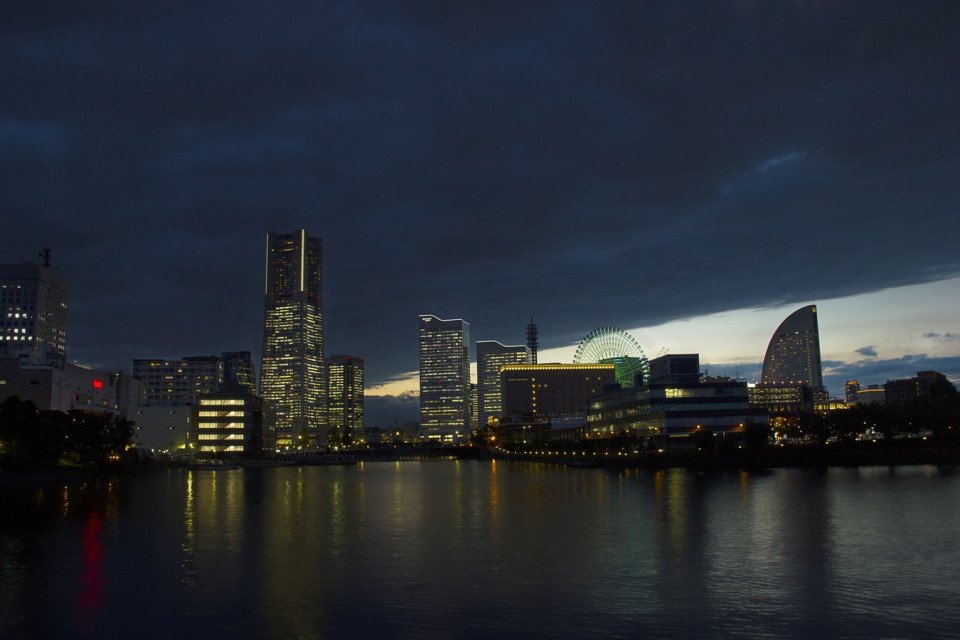
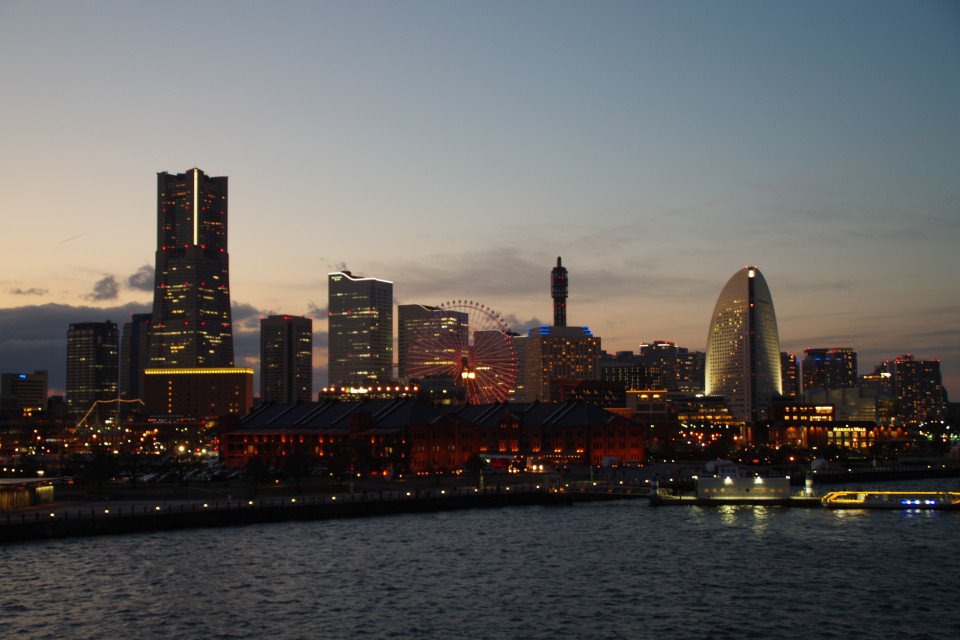
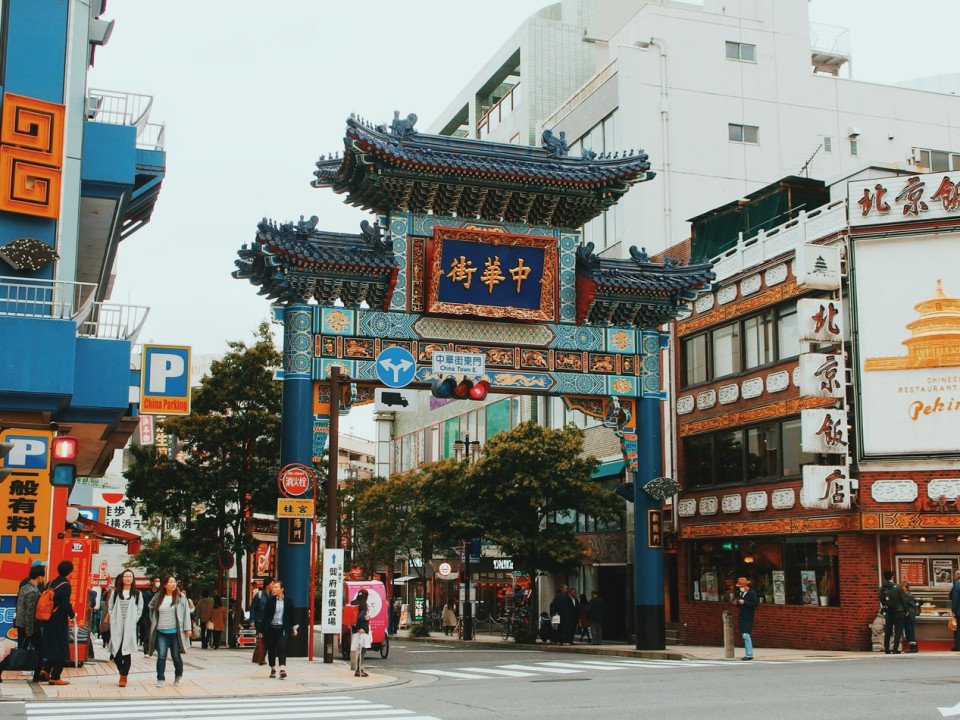
Yokohama
In 1853, a fleet of four American warships under Commodore Matthew Perry sailed into the bay of Tokyo (then Edo) and presented the reluctant Japanese with the demands of the U.S. government for the opening of diplomatic and commercial relations. The following year Perry returned and first... Read More
Yokohama
At Sea
At Sea
Keelung (Chilung)
Hualien
Ishigaki
Okinawa
At Sea
At Sea
Yokohama
At Sea
Nagasaki
Busan
Sakaiminato
Tsuruga
Toyama
Akita
At Sea
Yokohama
What's Included with
Princess Cruises
Delve into cuisines from across the globe with various dining options when you hop on-board a Princess Cruises ship. Enjoy exclusive cocktail receptions, deck parties, themed nights and entertainment throughout the day and into the evening. When you choose Princess Cruises for your next adventure you can enjoy peace of mind that you have everything you need when gliding the waves. Discover everything that a Princess Cruises sailing has to offer when you opt for an all-inclusive cruise holiday.
Accommodation
Entertainment throughout the day and evening
Use of swimming pools, hot tubs, fitness centre and leisure facilities where available
Return flights included from a choice of UK airports (fly cruise bookings only)
Room service from 6am to 11pm
Port taxes
Youth programmes for babies to 17-year-olds
Adult only areas
Exclusive cocktail receptions and deck parties on-board
Sailaway parties, themed nights and deck parties
Lemonade, water and iced tea available in selected venues
Shuttle service to and from ports and airport where available
Explore Diamond Princess
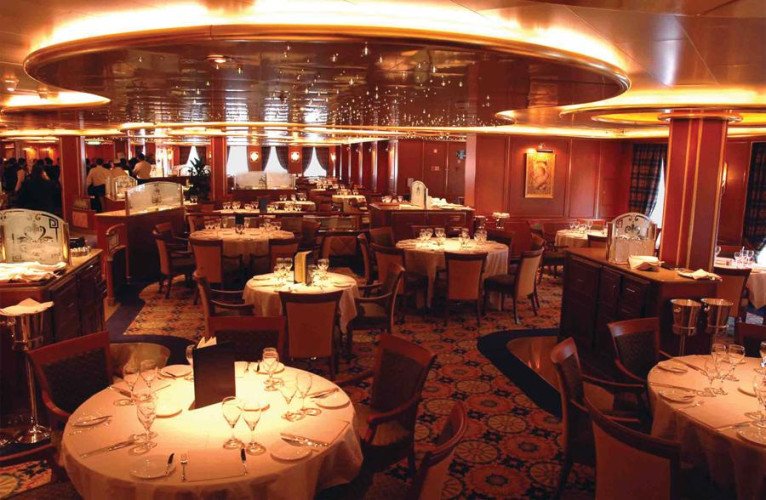










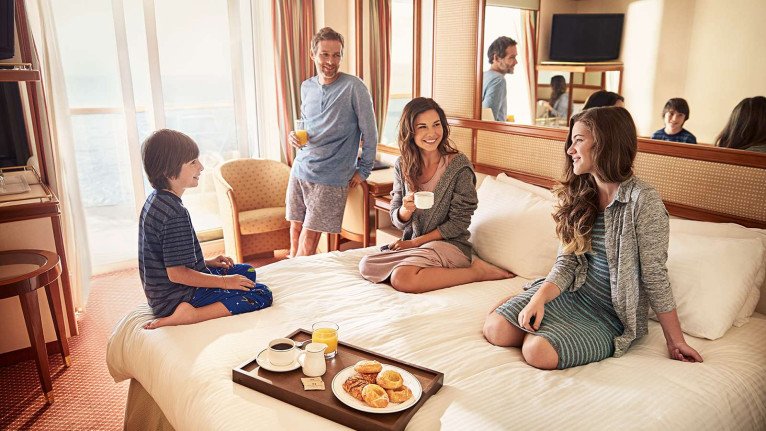

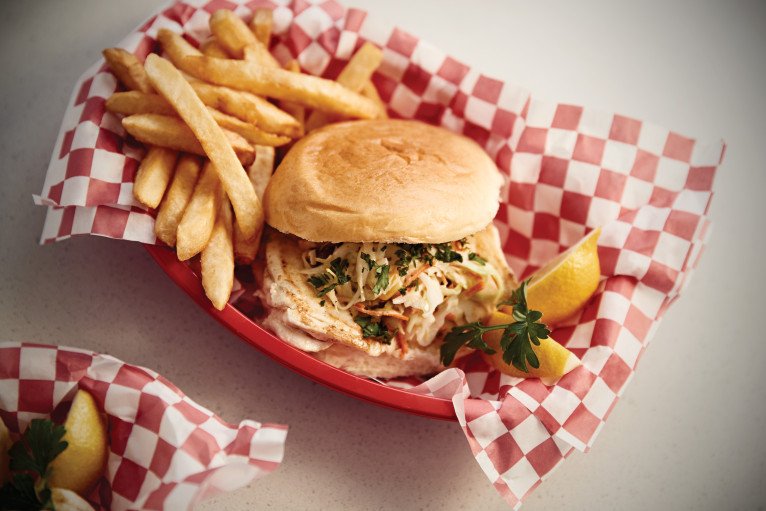



International Dining Room
For guests who prefer the traditional cruise ship dining experience, the ship offers a main dining room option in which they can enjoy having the same dining time, waiter and table mates each evening.
The International Dining Room on the 6th Deck serves open seating breakfast and lunch and traditional seating for dinner.
Open from around 7am to 9am for waiter served breakfast and 12 to 1.30pm on sea days for lunch, dinner seating is either 5.30pm or 8pm.



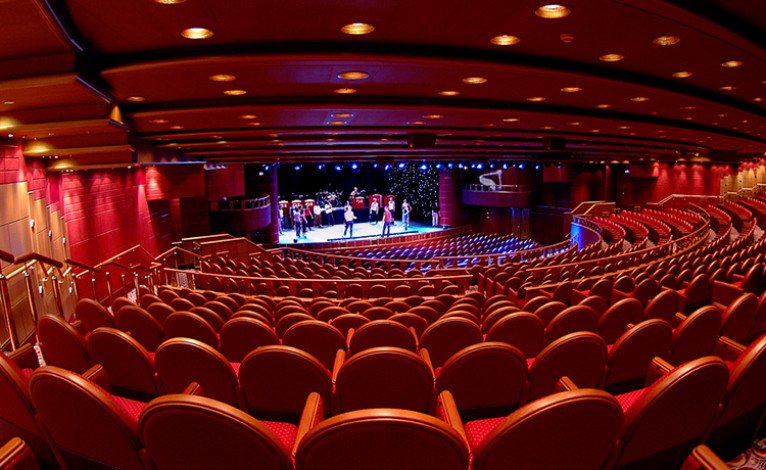


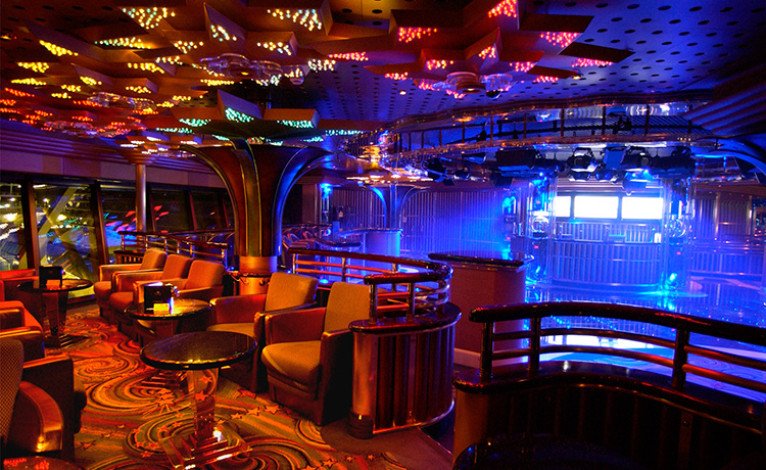
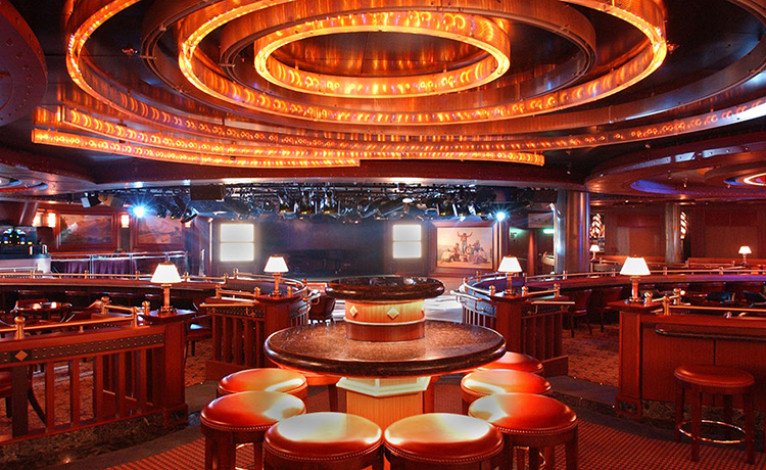
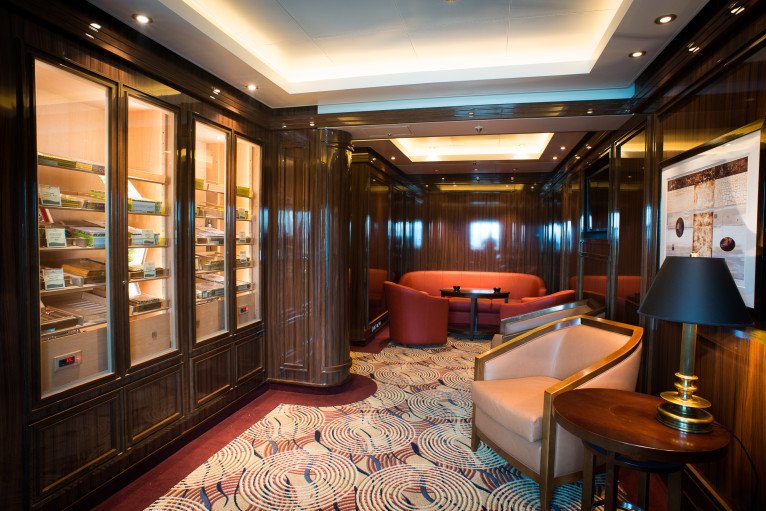
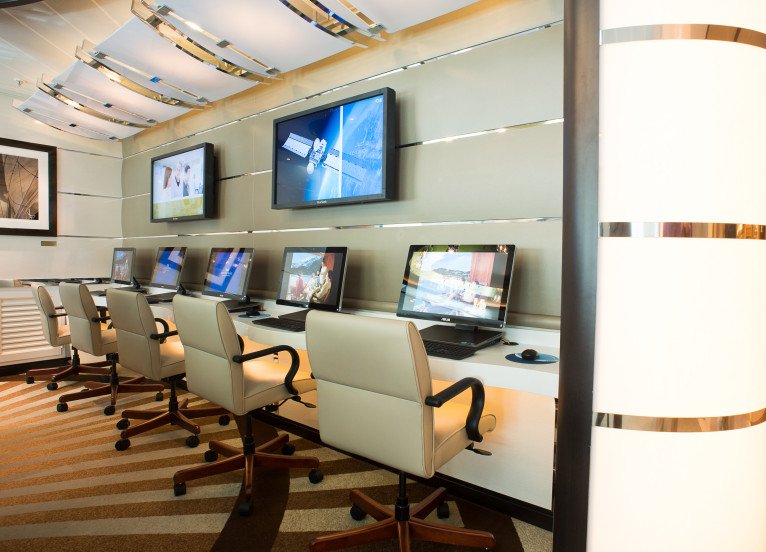
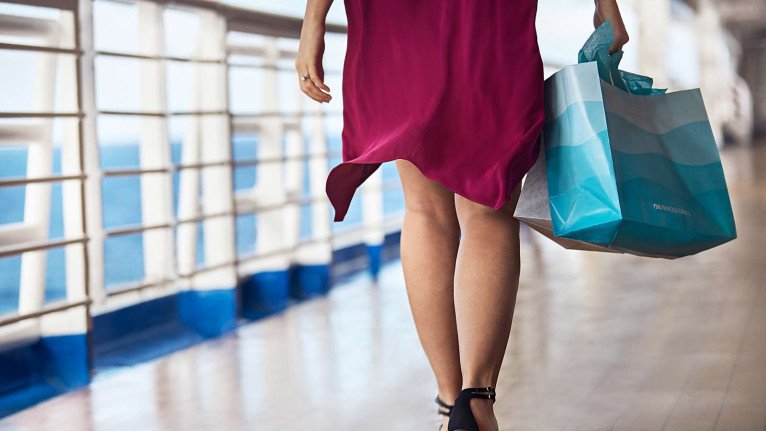


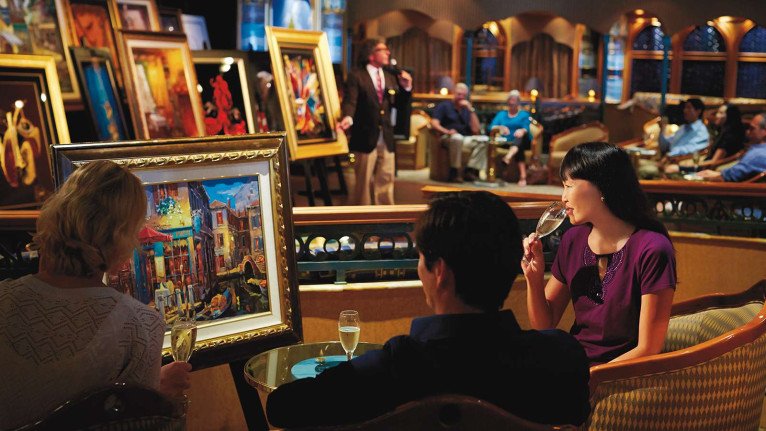

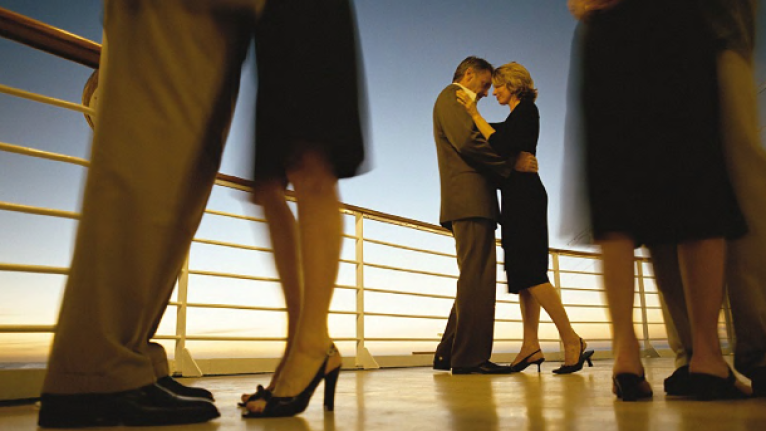
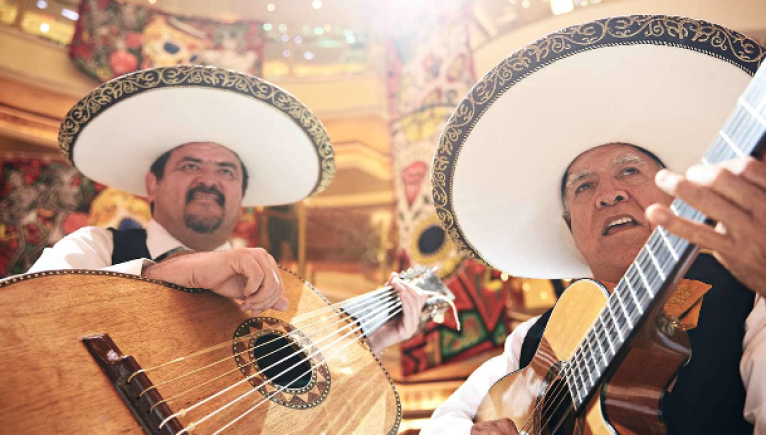
Explorer's Lounge
Explorers Lounge on the 7th Deck is Diamond Princess' second entertainment venue with its own dance floor, bar serving wine and cocktails and stage.
Entertainment on offer ranges from trivia quizzes during the day to comedians, live bands and themed nights in the evening.





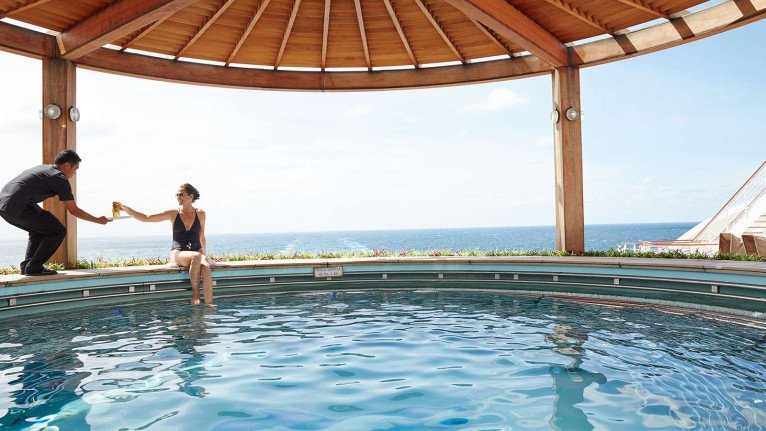

Freshwater Pools & Hot Tubs
Take a dip in our sparkling freshwater pools and leave your everyday world behind. Unwind on a padded lounger and soak up the sun, catch up on reading, listen to music or dream of your next adventure on board or ashore. And what better way to relax and revitalise after a day exploring the world than a long soak in one of our whirling hot tubs. And don’t forget, there is always a server nearby to bring you a refreshing cocktail or favourite beverage.
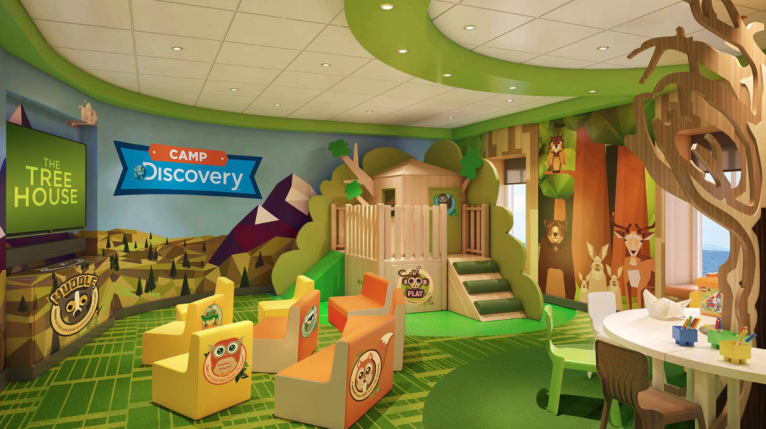


Just for Kids 3-7
Even the littlest guests will delight in this whimsical, forest-themed world that inspires playtime and invites exploration. Kids, ages 3 to 7, can dance, enjoy pyjama movie nights, create art projects like Animal Planet™ puppets and masks or compete in a Lego® boat-building contest.
Deck 17-8 - Sky

- Skywalkers Nightclub
- Sports Court
Deck 16 - Sports

- Deck Chess Set
- Hot Tubs
- Oasis Bar
- Platinum Studio
- Princess Links
- Shuffleboard
- The Oasis
- The Sanctuary
Deck 15 - Sun

- Aerobics
- Bar
- Beauty Salon
- Fitness Centre
- IZUMI Japanese Bath
- Lap Pool
- Lotus Spa
- Massage
- Movies Under The Stars
- Sauna
- Splash Pool
- Teen Centre
- The Conservatory
- Tradewinds
- Youth Centre
Deck 14 - Lido

- Calypso Bar
- Calypso Reef & Pool
- Horizon Court
- Horizon Terrace
- Hot Tubs
- Mermaid's Tail
- Neptune's Reef & Pool
- Outrigger Bar
- Prego Pizzeria
- Sterling Steakhouse
- Swirls
- Trident Grill
- Interior Staterooms (2x wheelchair accessible)
- Balcony Staterooms
Deck 12 - Aloha

- Terrace Pool
- Interior Staterooms (3x wheelchair accessible)
- Balcony Staterooms (4x wheelchair accessible)
- Suites
Deck 11 - Baja

- Interior Staterooms
- Oceanview Staterooms
- Balcony Staterooms (4x wheelchair accessible)
- Suites
Deck 10 - Caribe

- Interior Staterooms (1x wheelchair accessible)
- Balcony Staterooms (4x wheelchair accessible)
- Oceanview Staterooms
- Suites
Deck 9 - Dolphin

- Interior Staterooms
- Balcony Staterooms
- Suites
- Mini-Suites
Deck 8 - Emerald

- Interior Staterooms (5x wheelchair accessible)
- Balcony Staterooms
- Suites
- Mini-Suites
- Oceanview Staterooms (4x wheelchair accessible)
Deck 7 - Promenade

- Club Fusion
- Crooners Bar
- Explorers Lounge
- Kai Sushi
- Photo Gallery
- Princess Theatre
- Promenade Galleria
- Sabatini's
- The Shops of Princess
- Wheelhouse Bar
Deck 6 - Fiesta

- Grand Casino
- Guest Services
- International Dining Room
- Pacific Moon Dining Room
- Princess Theatre
- Santa Fe Dining Room
- The Shops of Princess
- Wake View Bar
- Wedding Chapel
- Churchill Lounge
- Oceanview Staterooms
Deck 5 - Plaza

- Captain's Circle
- Future Cruise Sales
- Grand Plaza
- Internet Café
- Lobby Bar
- Princess Fine Arts Gallery
- Savoy Dining Room
- Shore Excursions
- The Library
- Vivaldi Dining Room
- Interior Staterooms
- Oceanview Staterooms
Deck 4 - Gala

- Medical Centre
Diamond Princess Cabins & Suites

Interior

Oceanview

Balcony






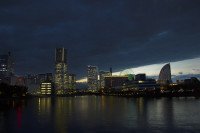

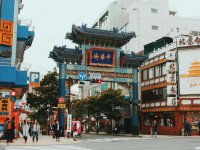
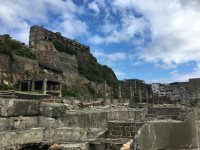
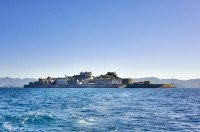
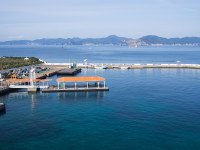
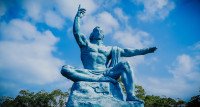
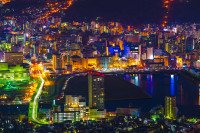
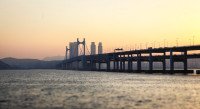
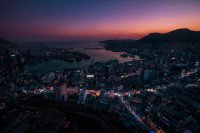
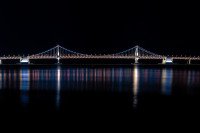
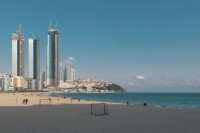
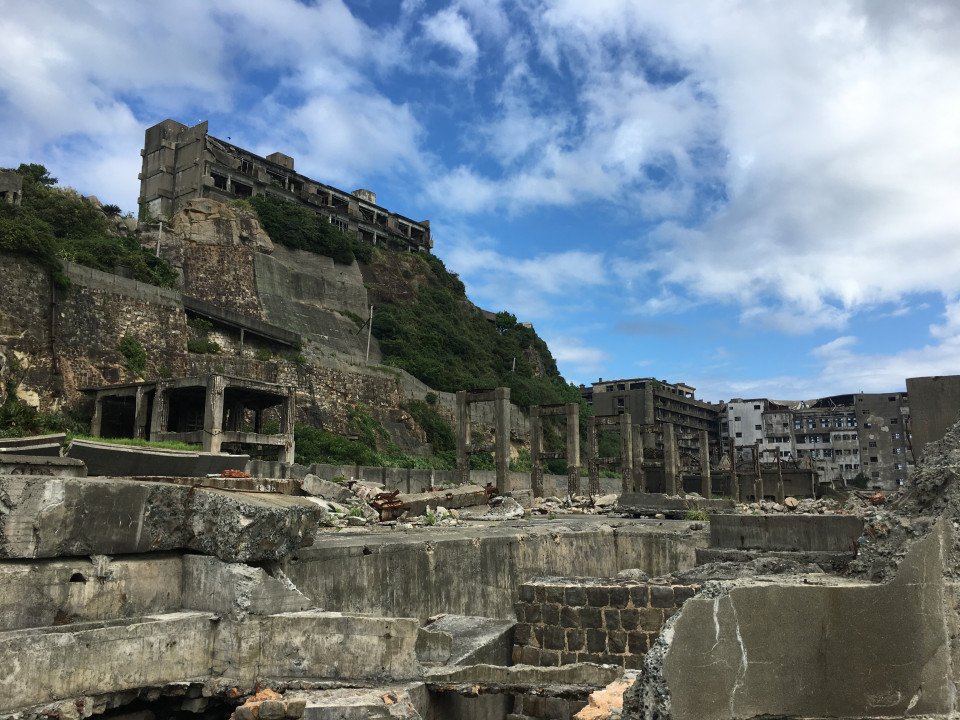
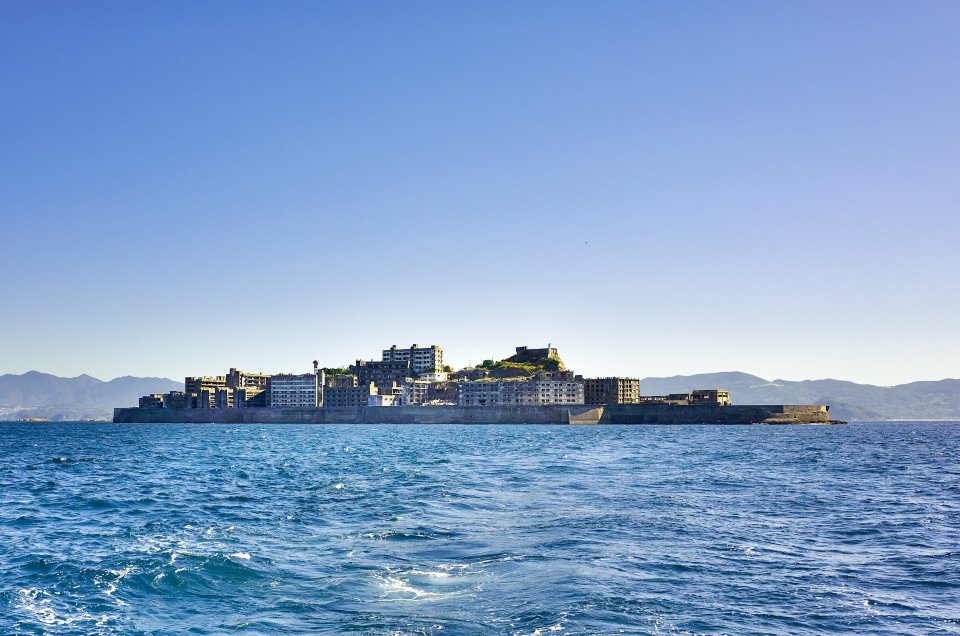
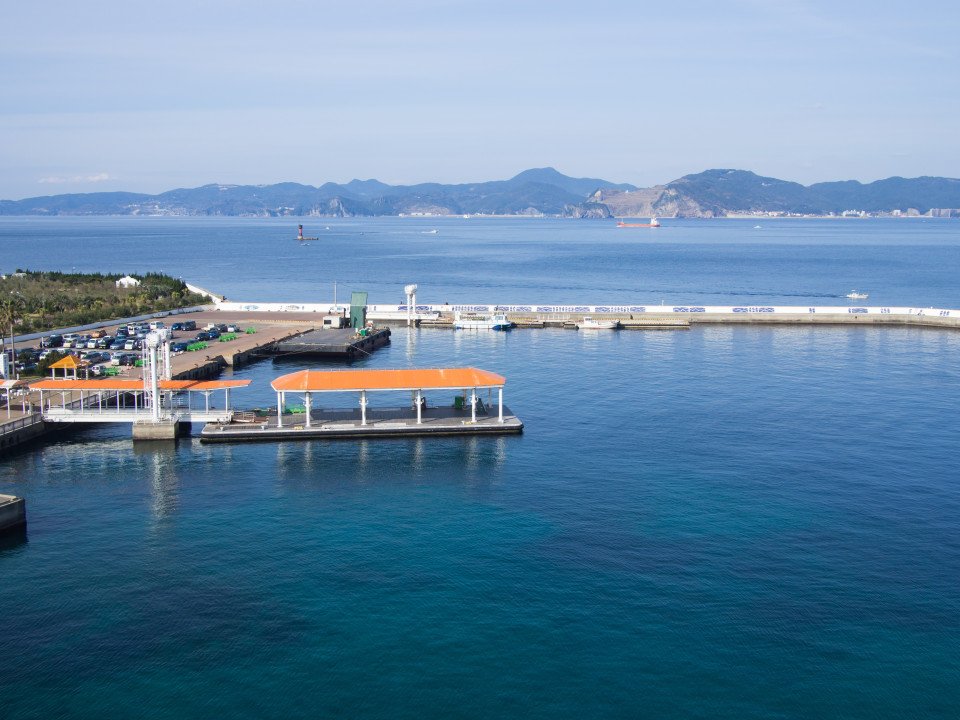
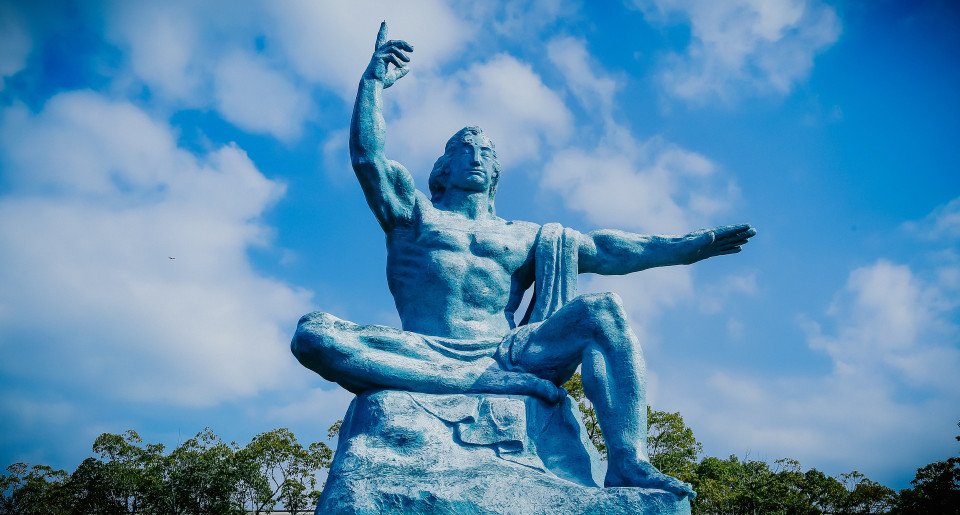
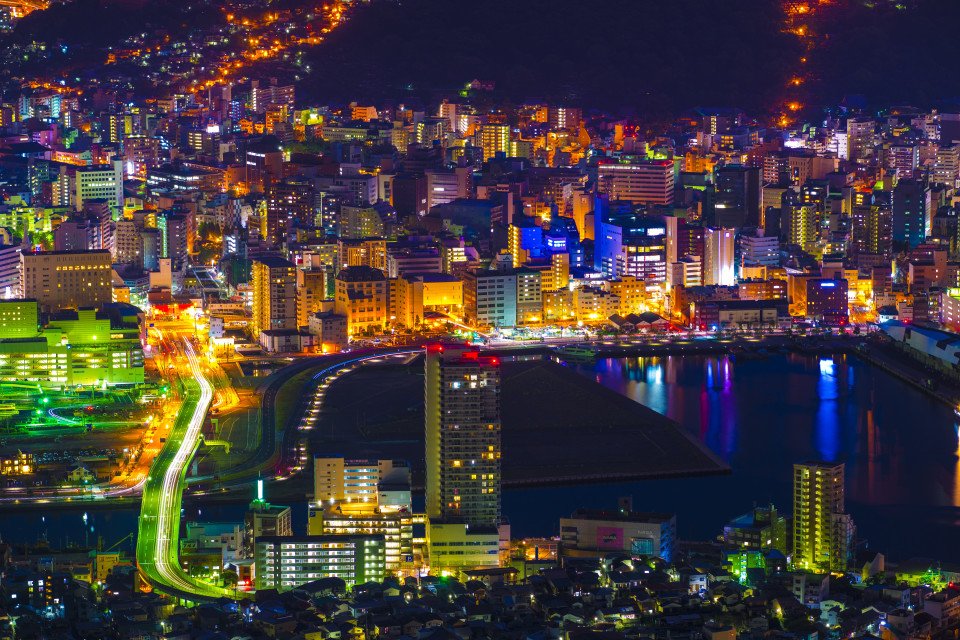
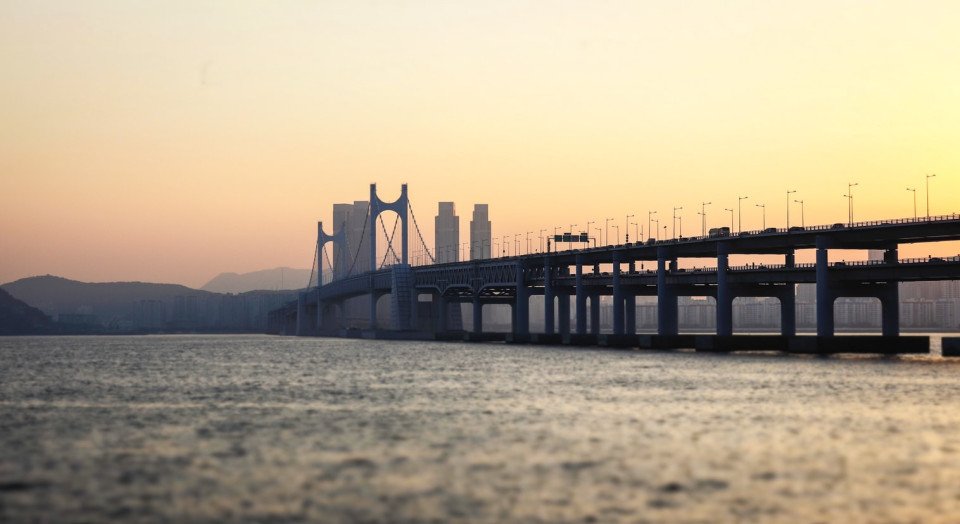
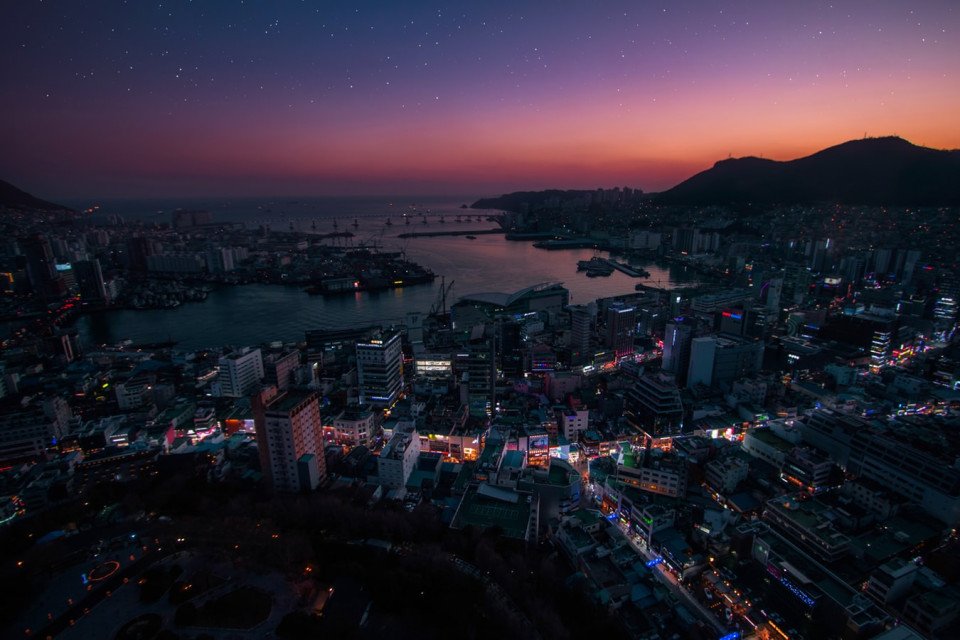
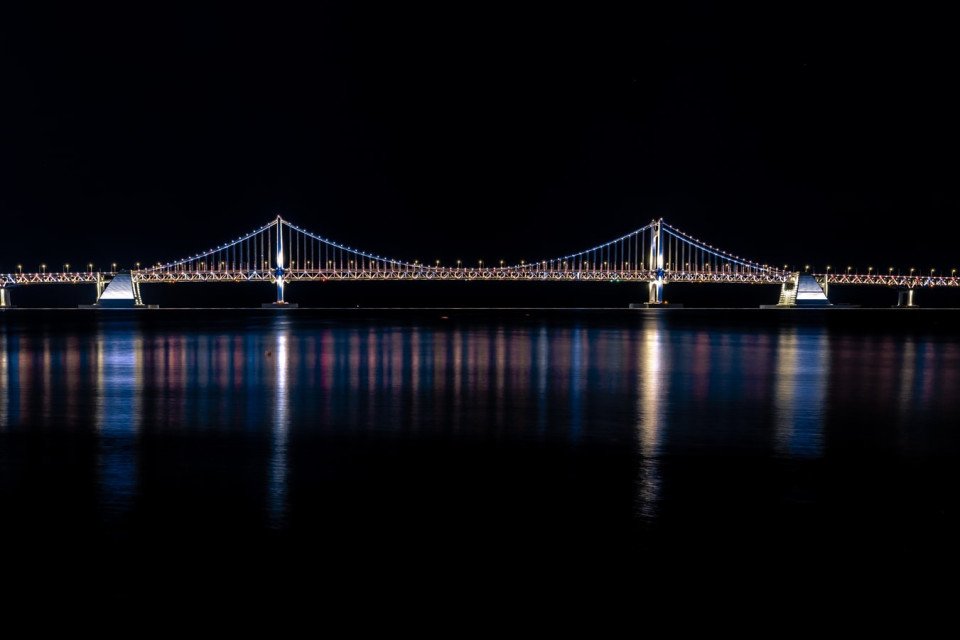
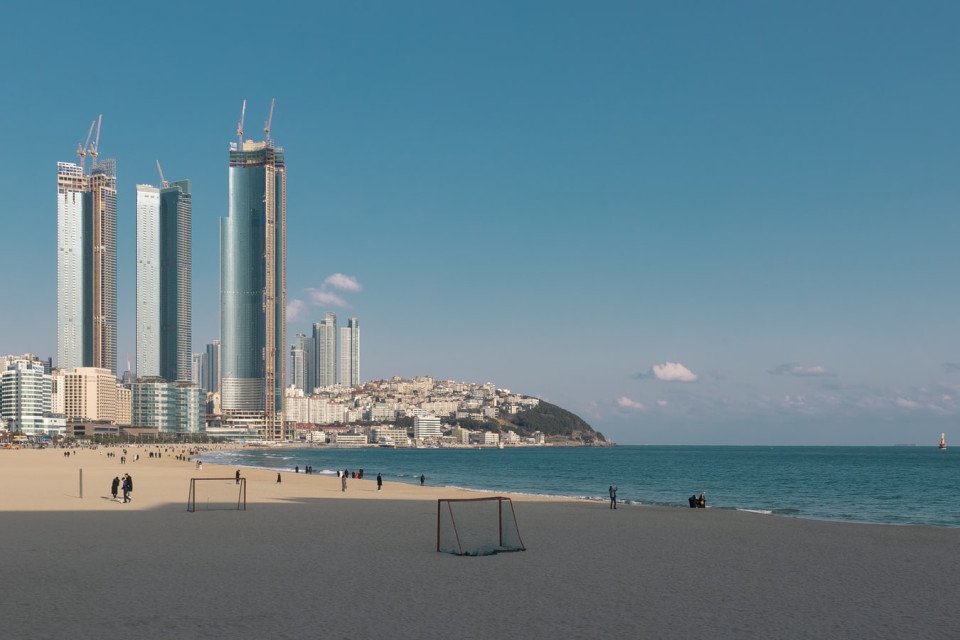









-large_thumb.jpg)






